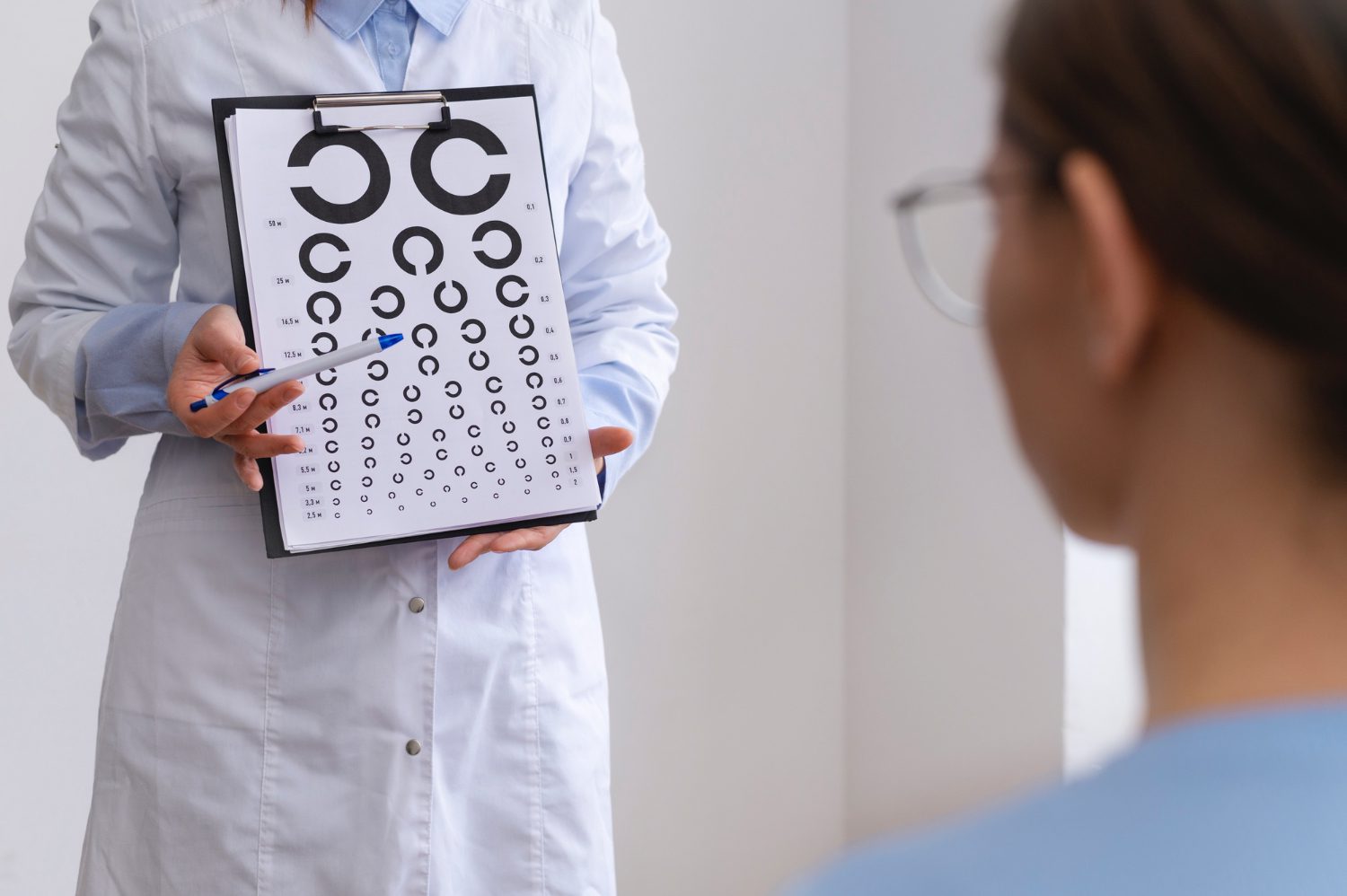Strabismus/crossed eyes is a pathology in which the eyeballs are turned in different directions. In the normal state, the movement of the eyes and their correct direction are responsible for six muscles that work in a coordinated and joint manner. People with strabismus have difficulty keeping their eyes level and in control of their alignment.
Causes of strabismus
The reasons for this phenomenon may be different, since there are several types of the disease.
- Accommodative esotropia. Causes can be uncorrected farsightedness and a genetic predisposition to turn the eyes. In the event of such problems, the eyes may turn inward when trying to focus on an object that is too far away. Such strabismus can manifest itself in the first years of a child’s life. The problem can be corrected with glasses, but surgery on the muscles of the eye or both eyes may be necessary.
- Intermittent exotropia. With this pathology, one eye is directed towards the corner, while the other is focused on a specific target. The disease can develop and manifest itself at any age, and can be treated with glasses, a bandage, eye exercises, and/or surgery on the muscles of one or both eyes.
Symptoms of strabismus
- Double vision, closing or covering one eye when looking at something close, or when tilting or turning the head.
- Different position of the eyes.
- Frequent headaches, difficulty reading, the need to strain your eyes or close one eye when looking at distant objects or in bright light.
- Asynchronous eye movement.
- Completeness of vision is realized only in one eye with a loss of perception of the depth of the image in the other eye.
Diagnosis of strabismus
If the child is more than five months old and the parents have suspicions about the presence of this disease in him, then a visit to a specialist is necessary – he will conduct all the studies required.
Be sure to study family history. After that, visual acuity is checked: how the child reads letters or sees pictures, and also, his visual behavior is studied. After that, with the help of corrective lenses, the eyes are checked for how they focus the light. Such tests can even be done on infants. In conclusion, an examination of the internal structures of the eye is carried out after the expansion of the pupils using special drops. The same methods are relevant for older patients.
Treatment of strabismus
- Wearing glasses or contact lenses. This method is relevant for patients with uncorrected refractive errors. Lenses help to put less effort into focusing on objects.
- Prismatic lenses help deflect light rays that enter the eye and reduce the number of turns the eye needs to perceive objects.
- Orthoptics – special exercises for the eyes.
- Medicines – ointments or eye drops. In addition, botulinum toxin injections can be used to loosen an overactive eye muscle.
- Dressings – as a rule, this method is used for amblyopia, which is diagnosed in conjunction with strabismus. Bandages help to improve the degree of control over misalignment of the eyes.
- Surgical interventions. During the operation, specialists measure the position and length of the muscles of the eye, correcting them and bringing them back to normal.
Strabismus can hide a more serious problem, such as a brain tumor. Therefore, when the first symptoms appear, it is strongly recommended to consult a doctor.


